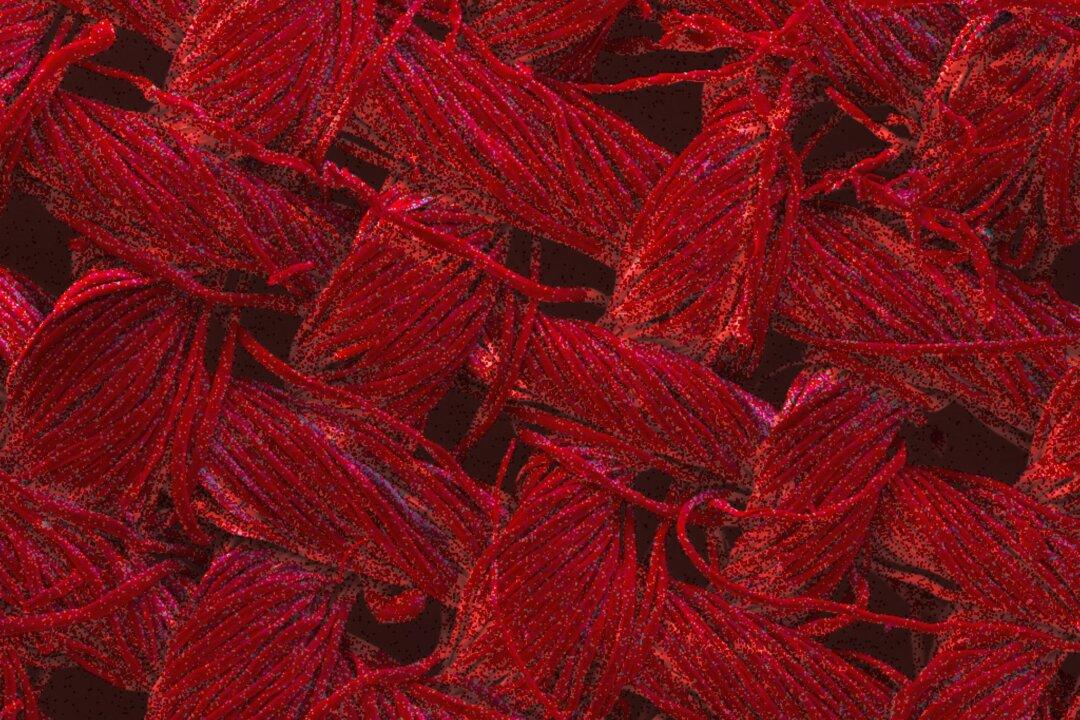The monotonous and never-ending task of washing our clothes and linens—not to mention the vast amounts of water washing machines use—may soon be regarded as a quaint hardship of the past. Textiles that clean themselves using light may soon adorn our bodies, beds, furniture, and pets.
This advance lays a strong foundation for the future development of fully self-cleaning textiles.
, RMIT University




